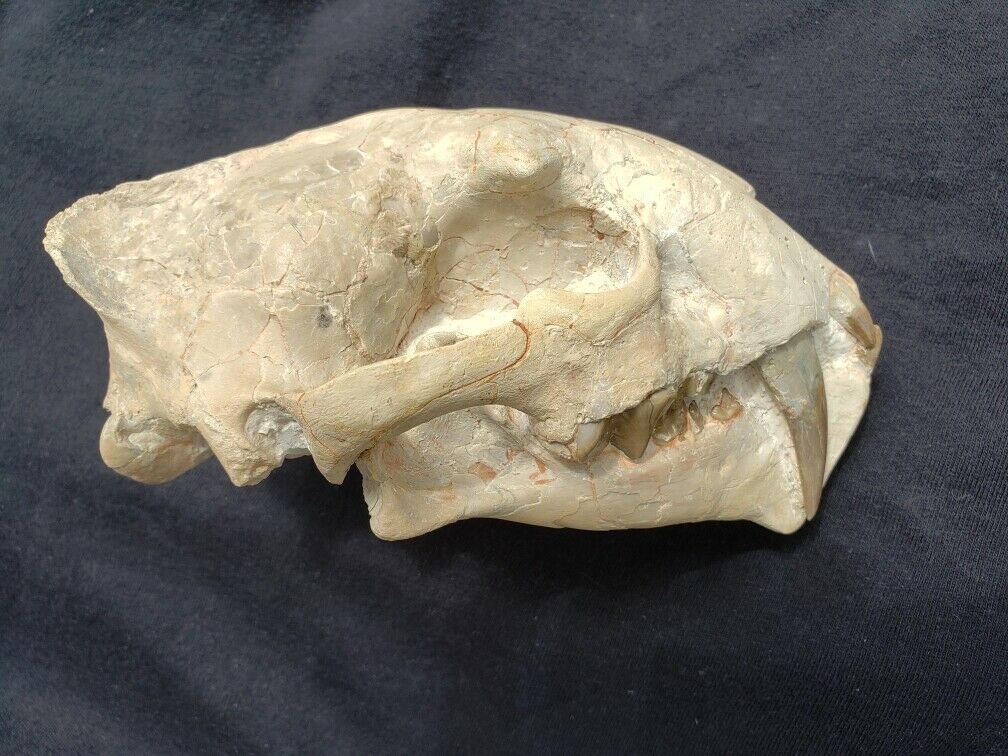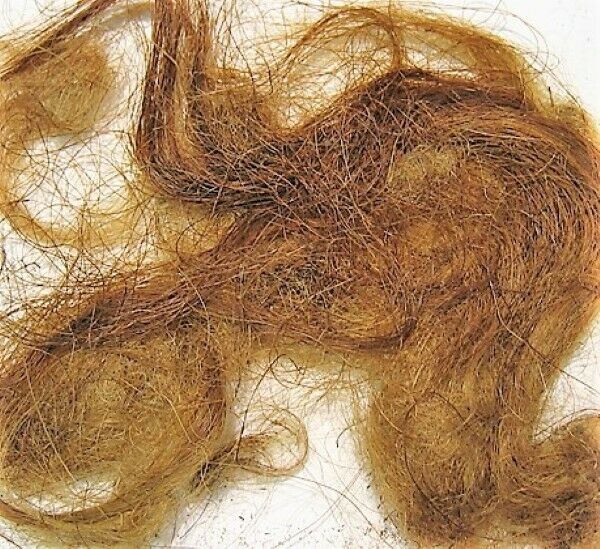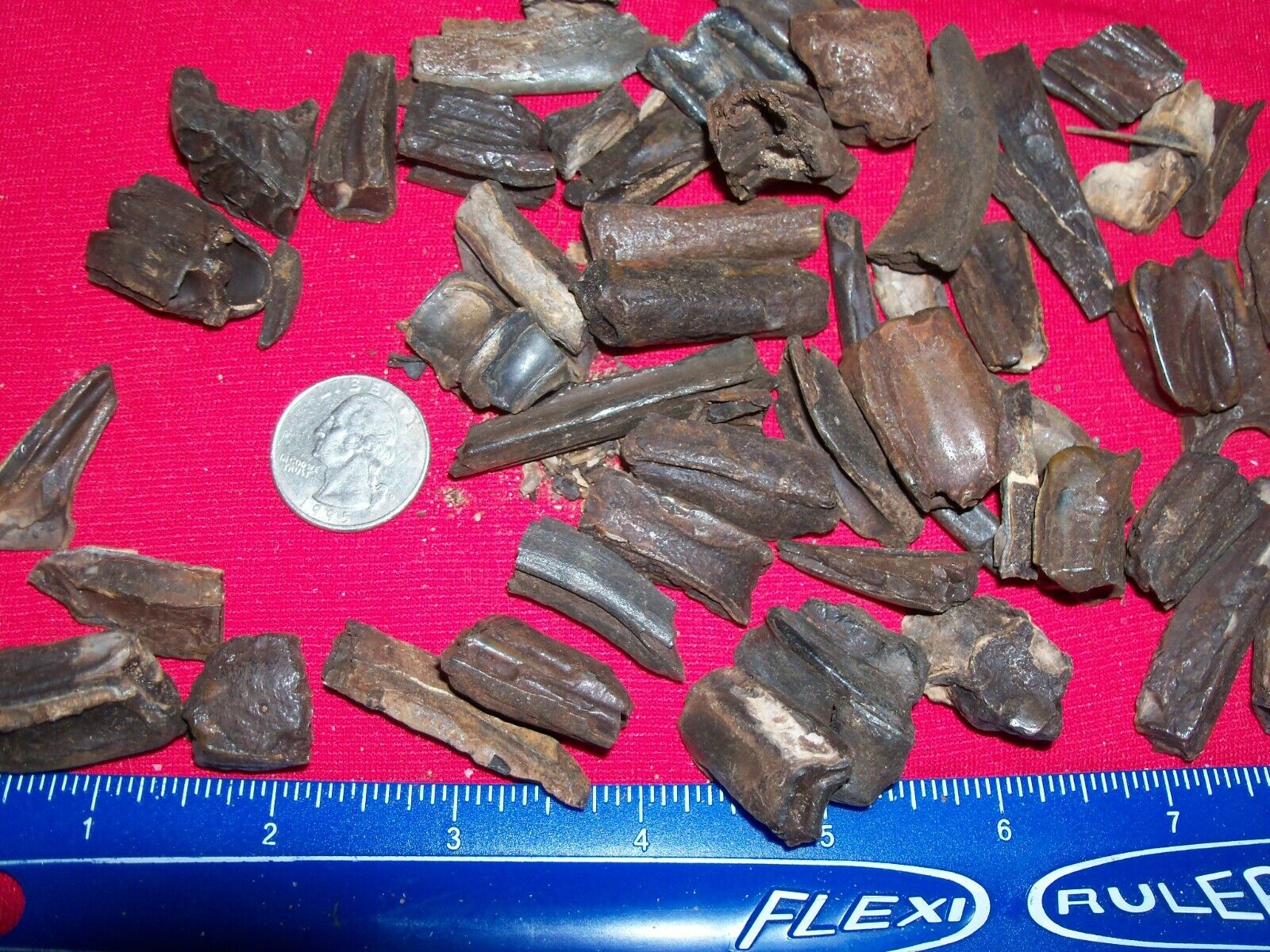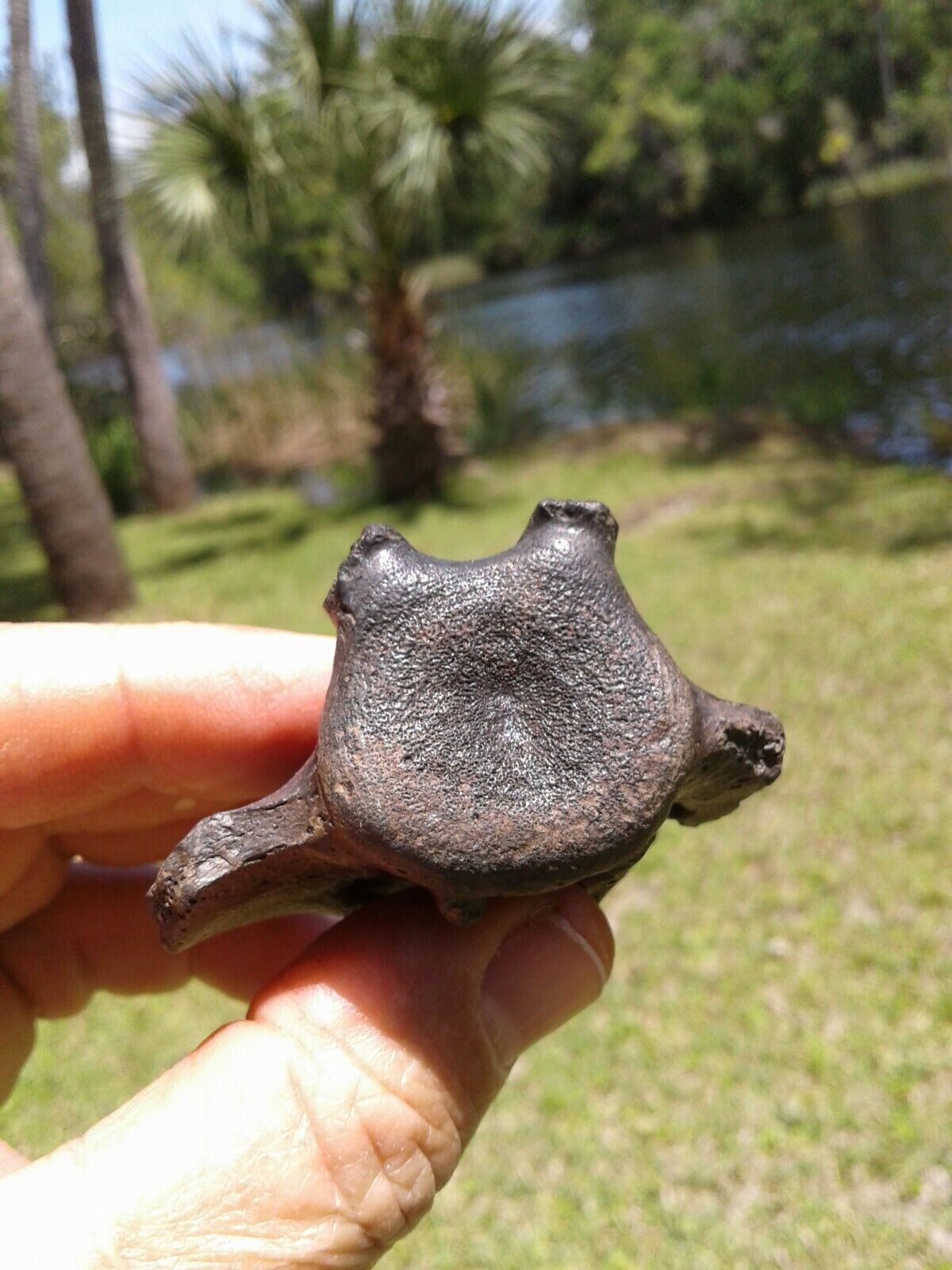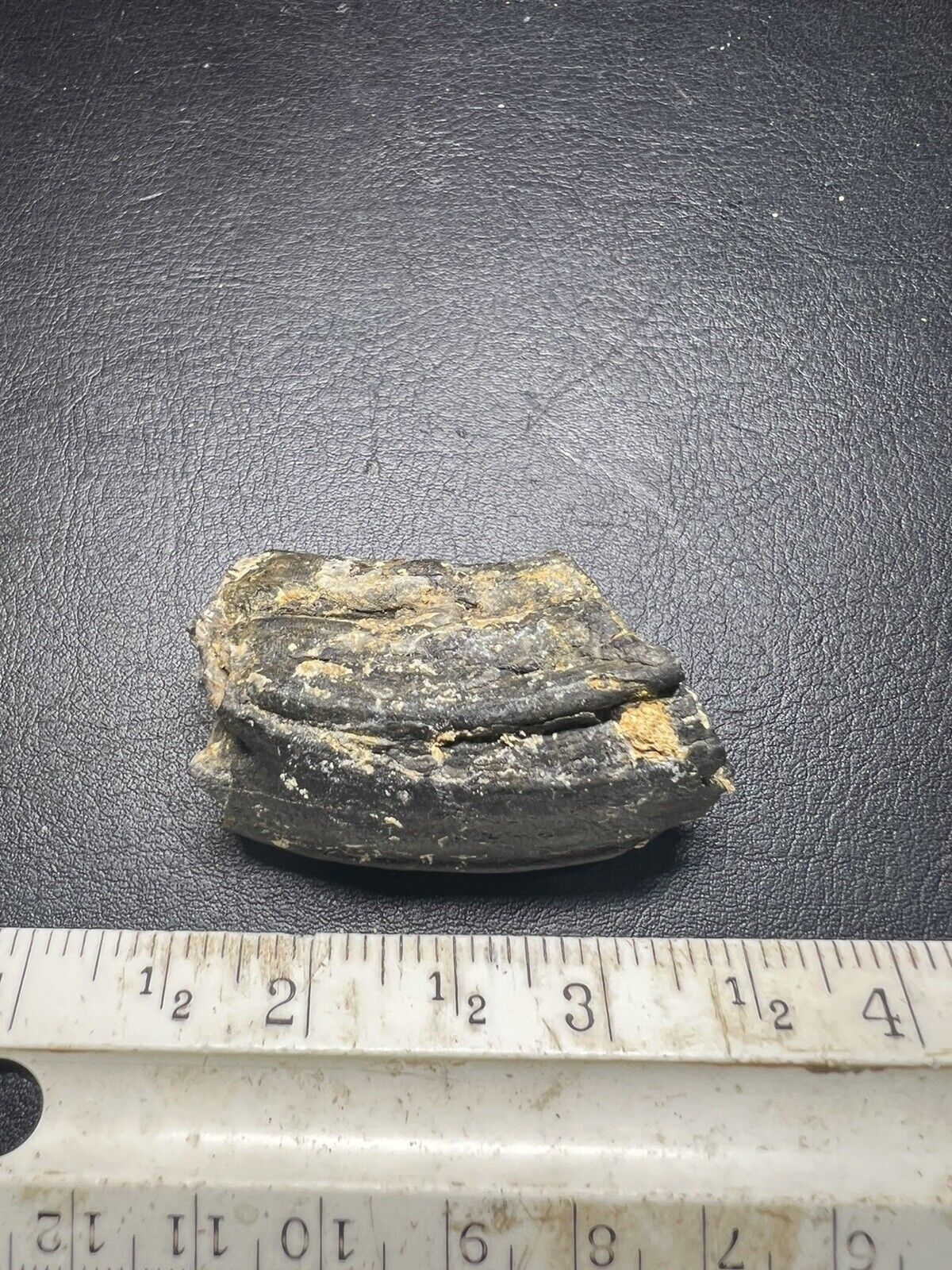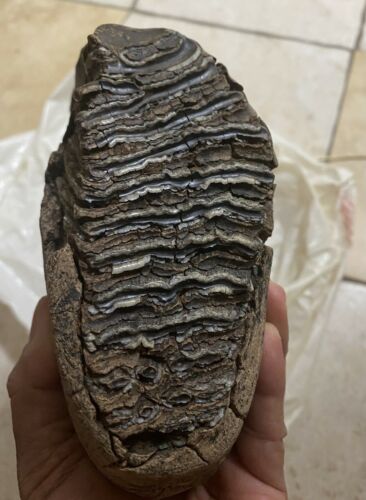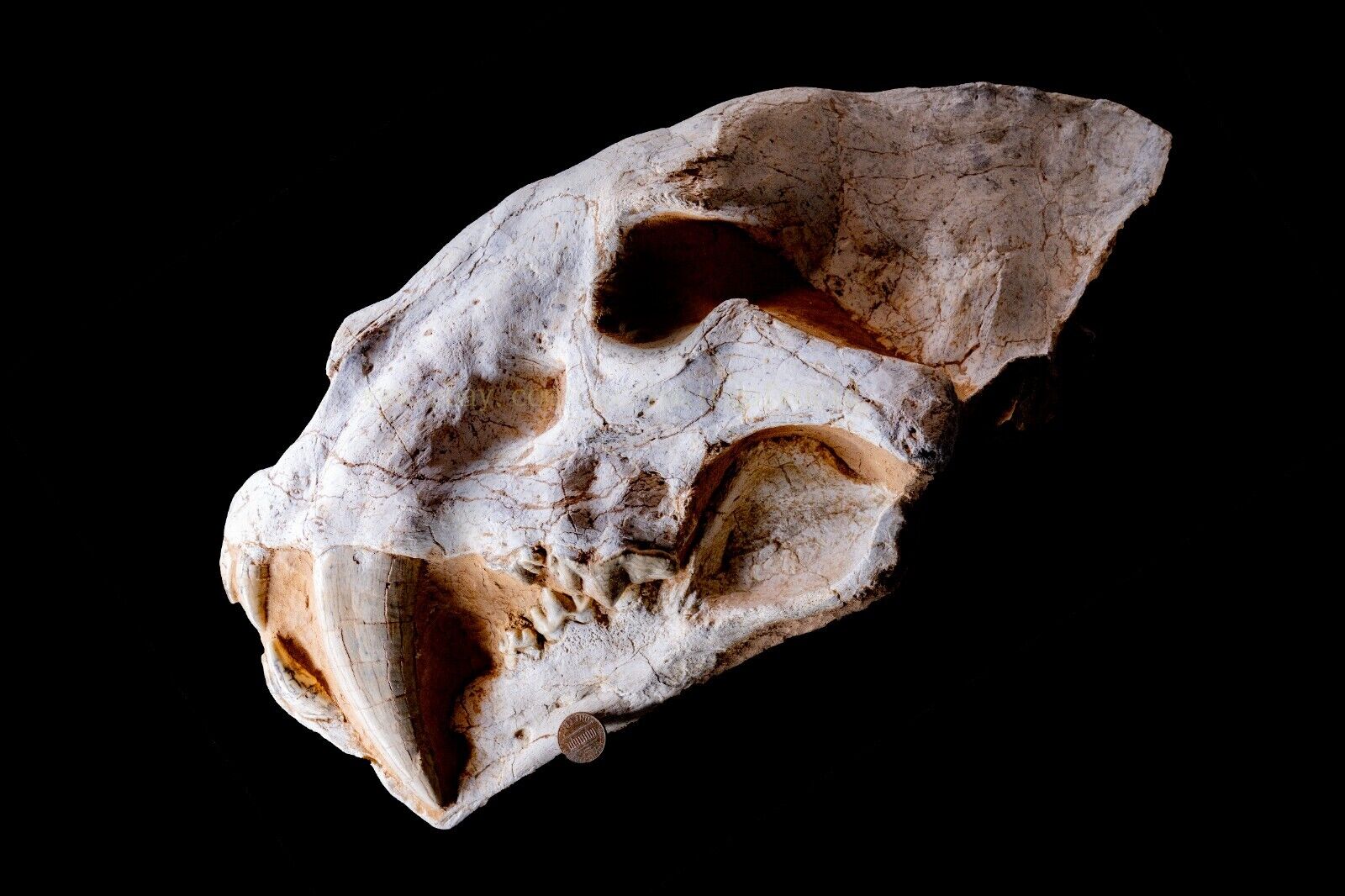-40%
Saber Toothed Cat Dinictis White River Formation Wyoming not Hoplophoneus real!!
$ 5148
- Description
- Size Guide
Description
Pretty awesome of hard to find oligocene saber toothed cat also known as a Dinictis. This was the smaller of the two main cats that lived during the time period. The other was a larger leopard like cat known as a Hoplophoneus. The skull measures about 6 inches in length. The skull has been prepped and restored by experts in Hill City, South Dakota who specialized in white river and cretaceous fossils. This skull has had probably 30% restoration to the teeth, cheeks, sabers, and back of the brain case. It still looks amazing and is the real deal as found on our private lease in Wyoming. We found 3 hoplos and one dinictis on this property so far. You never see nice cat skulls available and if you do they cost a fortune. Heritage auctions just sold a hoplo with his mouth open for over 30k. This is a great little robust skull that will be the centerpiece of any fossil collection. Real deal here and not a cast, etc. No international shipping as ebay's global shipping program will keep your stuff and not bat an eye.Dinictis
From Wikipedia, the free encyclopedia
Jump to navigation
Jump to search
Dinictis
Temporal range: Late
Eocene
to Early
Miocene
,
37.2–20.4
Ma
PreꞒ
Ꞓ
O
S
D
C
P
T
J
K
Pg
N
Skeleton from South Dakota,
Royal Ontario Museum
,
Toronto
Scientific classification
Kingdom:
Animalia
Phylum:
Chordata
Class:
Mammalia
Order:
Carnivora
Suborder:
Feliformia
Family:
†
Nimravidae
Subfamily:
†
Nimravinae
Genus:
†
Dinictis
Leidy
, 1854
Type species
Dinictis felina
Leidy, 1854
Dinictis
is a
genus
of the
Nimravidae
, an
extinct
family
of
feliform
mammalian
carnivores
, also known as "false
saber-toothed cats
". Assigned to the
subfamily
Nimravinae
,
Dinictis
was endemic to
North America
from the Late
Eocene
to Early
Miocene
epochs (37.2—20.4 million years ago), existing for about
16.8
million years
.
[1]
Contents
1
Taxonomy
2
Description
3
Ecology
4
References
Taxonomy
[
edit
]
Restoration by
Robert Bruce Horsfall
Skeleton in the
Field Museum of Natural History
Dinictis
was named by American paleontologist
Joseph Leidy
in 1854. Its type is
Dinictis felina
. It was assigned to the Nimravidae by Leidy (1854); and to the Nimravinae by Flynn and Galiano (1982), Bryant (1991), and Martin (1998).
[2]
[3]
In a 2016 study, the genus was found to contain only the species
Dinictis felina
.
[4]
Description
[
edit
]
Dinictis
had a sleek body 1.1 m (3.6 ft) long, short legs 0.6 m (2.0 ft) high with only incompletely retractable claws, powerful jaws, and a long tail. It was very similar to its close relative,
Hoplophoneus
. The shape of its skull is reminiscent of a felid skull rather than of the extremely short skull of the
Machairodontinae
. Compared with those of the more recent machairodonts, its upper canines were relatively small, but they nevertheless distinctly protruded from its mouth. Below the tips of the canines, its lower jaw spread out in the form of a lobe.
Dinictis
walked
plantigrade
(flat-footed), unlike modern
felids
. It looked like a small
leopard
and evidently its mode of life was similar to that of a leopard. It was probably not so particular about its food as its descendants, since the reduction of its teeth was still in the early stages and
Dinictis
had not forgotten how to chew. In its own environment, it would have been a powerful predator.
Ecology
[
edit
]
Restoration of
Dinictis
chasing
Protoceras
,
Charles R. Knight
It lived in the plains of
North America
with fossils found in
Saskatchewan
,
Canada
and
Colorado
,
Montana
,
Nebraska
,
South Dakota
,
North Dakota
,
Wyoming
, and
Oregon
in the
United States
.
Dinictis
likely evolved from an early
Miacis
-like ancestor that lived in the Paleocene.
References
